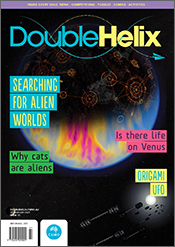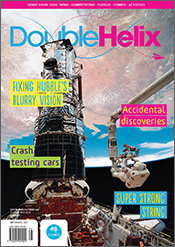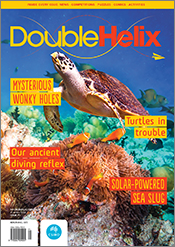The Plastic Banknote
From Concept to Reality
By: David H Solomon, Tom H SpurlingDescribes the story of the world's first plastic banknote which we all use and take for granted.
'Have you got any ideas on how to make a better banknote?' + Full description
In the late 1960s, the detection of counterfeit banknotes and the rise of new photographic and copying technologies prompted the Reserve Bank of Australia to explore options for increasing the security of currency. A top-secret research project, undertaken by CSIRO and the Bank, resulted in the development of the world’s first successful polymer banknotes. This technology is now used in over 30 countries.
This book describes the story of the Currency Notes Research and Development project from its inception in 1968 through to the release of the $10 Australian bicentennial plastic banknote in 1988. It exemplifies a market-driven project which resulted in advances in science, technology and approaches to commercialisation, and a fundamental change in banknote security.
- Short descriptionNews
This title is no longer available in print, but can still be purchased as an eBook.
Reviews
"it's fascinating history"
Nick Goldie, Cooma-Monaro Express, March 2015
"The Plastic Banknote provides an insightful historical account of how leading Australian technology was commercialised and represents excellent reading for all"
Helmut Hugel, Chemistry in Australia, March 2015
"It is a useful addition to that literature which, up to now, has lacked an accessible case study of innovation for the world’s most ubiquitous product, the banknote.
Dan Littman, Federal Reserve Bank of Cleveland News, 2015
Details
ePDF | November 2014ISBN: 9781486300327
Publisher: CSIRO Publishing
Available from eRetailers
ePUB | November 2014
ISBN: 9781486300334
Publisher: CSIRO Publishing
Available from eRetailers
Features
- The story of an Australian innovation with world wide implications
- An insight into the project issues and challenges
- Documents the personal issues that arise in such a long term project and the clashes of culture that occur when two well established organisations work together
Contents
ForewordPreface
About the authors
Timeline of major events and meetings
Chapter 1: Introduction
Chapter 2: From rum to plastic banknotes
Chapter 3: Producing Australian banknotes
Chapter 4: The first two meetings
Chapter 5: What to do next?
Chapter 6: 1972 to 1974
Chapter 7: The Mornington think tank
Chapter 8: The hard grind
Chapter 9: The Tangalooma conference
Chapter 10: The Forward Planning Group (Fink Committee)
Chapter 11: Response to the Fink report
Chapter 12: The $10 commemorative banknote
Chapter 13: The legacy
Index
View the full table of contents (PDF).
Authors
David Solomon is a Professorial Fellow in the Department of Chemical and Biomolecular Engineering at The University of Melbourne. David was the CSIRO project leader of the Currency Notes Research and Development project. He has numerous national and international honours for this work and was a co-recipient of the 2011 Prime Minister’s Prize for Science for his overall contributions to polymer science. He is a Member of the Order of Australia and a FRS, FAA, FTSE, FRACI and FIChemE.Tom Spurling is a Professor in the Centre for Transformative Innovation at the Swinburne University of Technology and was an occasional member of the Currency Notes Research and Development project team during his career with CSIRO. He has been a Board member of CSIRO since 2008. Tom is a Member of the Order of Australia, a FTSE and a FRACI. He has written extensively on science, technology and innovation policy and practice.








